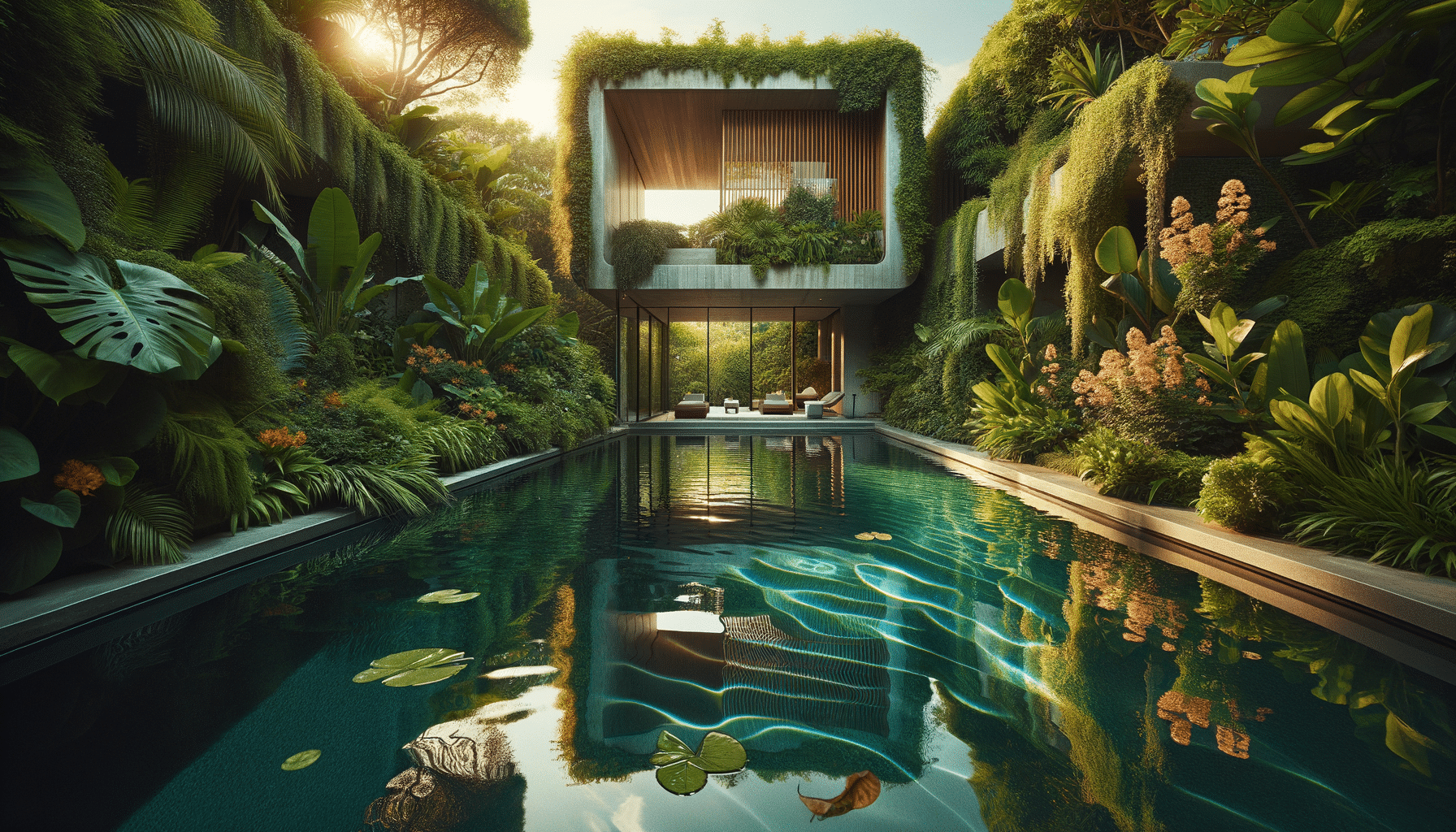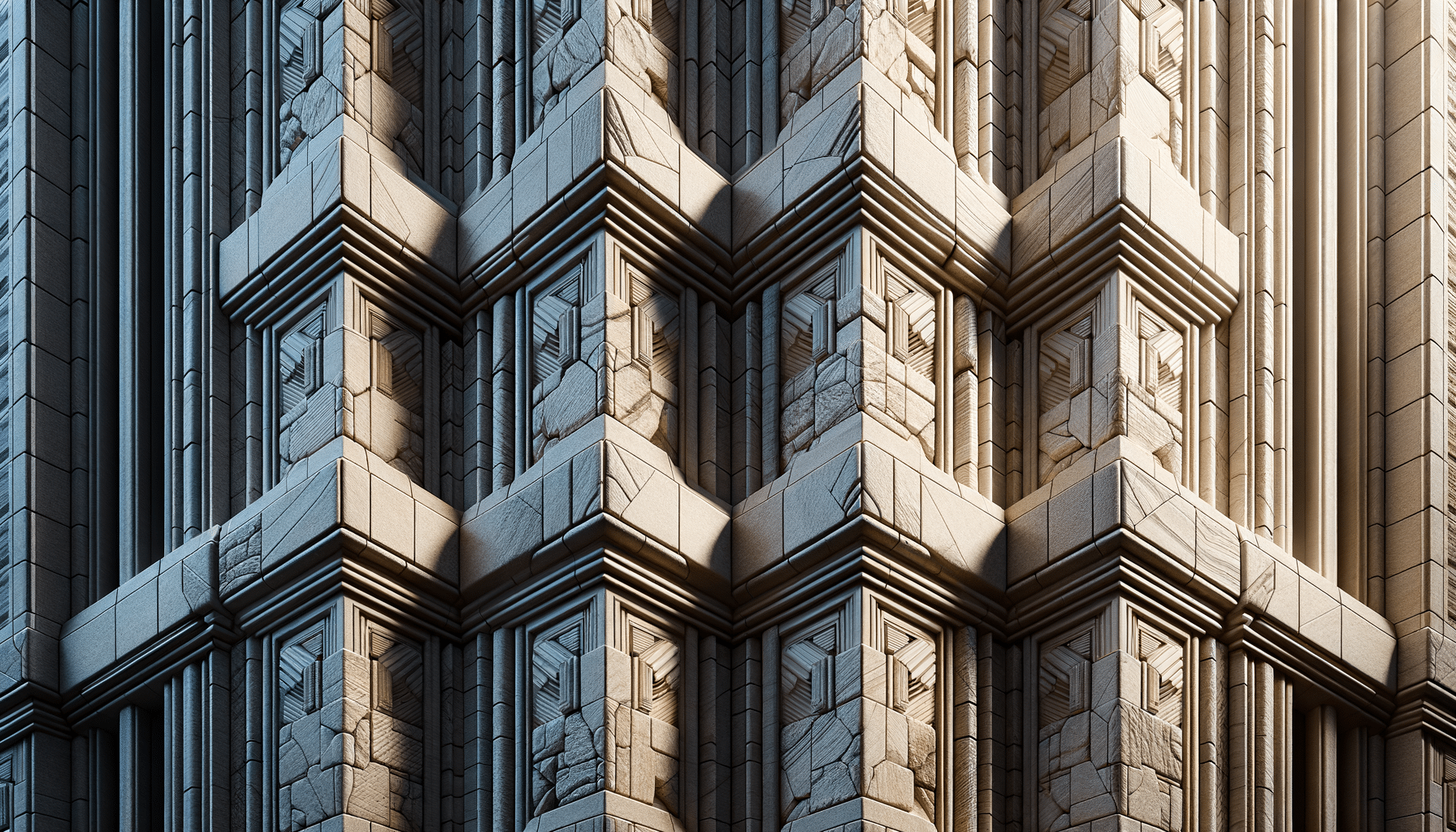
Exploring the Versatility and Beauty of Trellises
Introduction to Trellises
Trellises are a versatile and aesthetic addition to any garden or outdoor space. These structures provide support for climbing plants, creating vertical gardens that can enhance the visual appeal of your landscape. Beyond their functional role, trellises can serve as architectural elements that add texture and depth to garden designs. Whether you’re an avid gardener or a homeowner looking to beautify your outdoor area, understanding the various aspects of trellises can help you make informed decisions.
Types of Trellises
Trellises come in a variety of shapes, sizes, and materials, each offering unique benefits. Common materials include wood, metal, and plastic, each with its own set of advantages. Wooden trellises, for instance, blend naturally into garden settings and can be painted or stained to match existing decor. Metal trellises, often made from wrought iron or aluminum, provide durability and a classic look, while plastic trellises offer a lightweight and low-maintenance option.
In terms of design, trellises can be flat, arched, or even free-standing structures. Flat trellises are ideal for supporting climbing plants against walls or fences, while arched trellises can create stunning entryways or focal points in gardens. Free-standing trellises offer flexibility and can be moved to different locations as needed, making them a practical choice for seasonal gardening.
- Wooden Trellises: Natural and customizable
- Metal Trellises: Durable with a classic look
- Plastic Trellises: Lightweight and low-maintenance
Benefits of Using Trellises
The use of trellises in gardens offers numerous benefits beyond just plant support. By elevating plants off the ground, trellises can improve air circulation, reducing the risk of disease and promoting healthier growth. They also maximize space, allowing gardeners to cultivate a greater variety of plants in smaller areas. This is particularly beneficial in urban environments where garden space may be limited.
Additionally, trellises can provide privacy and shade, creating secluded garden areas or cozy outdoor nooks. They can also act as windbreaks, protecting delicate plants from harsh weather conditions. By incorporating trellises into your garden design, you can create a more dynamic and functional outdoor space.
Creative Uses of Trellises
Trellises are not limited to traditional gardening applications. They can be creatively used to enhance various aspects of outdoor living spaces. For instance, trellises can be used to create living walls, where plants grow vertically to form lush, green partitions. This can be an excellent way to add greenery to patios or balconies.
Another innovative use is integrating trellises into outdoor furniture or structures, such as pergolas, to provide natural shade and beauty. Trellises can also be used to support decorative lights or hanging planters, adding an artistic touch to garden designs. By thinking outside the box, trellises can transform ordinary spaces into extraordinary ones.
Choosing the Right Trellis for Your Garden
Selecting the appropriate trellis for your garden involves considering several factors, such as the type of plants you wish to grow, the available space, and the overall aesthetic you want to achieve. For heavy climbers like roses or grapes, a sturdy metal or wooden trellis may be necessary to provide adequate support. For lighter plants like peas or beans, a simple plastic trellis might suffice.
It’s also important to consider the maintenance requirements of different materials. Wooden trellises may require periodic treatment to prevent weather damage, while metal trellises may need protection against rust. By taking these factors into account, you can choose a trellis that not only meets your gardening needs but also complements your garden’s style.


